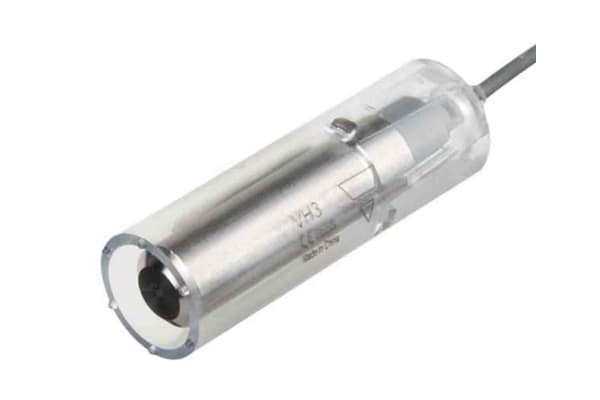Level Sensors
Level sensors determine how full or how empty a container is. Level sensors provide an output electrical signal at predetermined levels to communicate when to open or close control valves. You can find out more in our comprehensive level sensors guide.Level Sensor TypesThe choice of sensors is usually determined by which substance is being measured, the environment in which the sensor is to used and in which position the sensor needs to be mounted. Some of the most common level sensors are:Capacitive level switchesCapacitive level switches provide a basic full/empty level indication determined by the mounting position of the sensor. This type of switch is non-contact and uses a sensing field to determine liquid levels. Capacitive sensors provide accurate switching even with heavy residue build-up.Vibrating level probesVibrating level probes use a rod or a fork that constantly produce high-frequency vibrations. When the vibrating probe comes into contact with the medium, the vibration changes and the vibrating level switch outputs a switching command. Vibrating level switches are used as overfill protection devices or low-level indicators in liquids as well as in granular and powder bulk solids.Conductive level switchesConductive level switches are sensors that use stainless steel probes with an electrical contact output to measure a specific liquid level. Used in conjunction with a level control relay to set and monitor each probe. Applications include ponds, reservoirs, sumps, pharmaceuticals, closed vessels and open tanks.Ultrasonic level sensorsUltrasonic level sensors generate ultrasonic sound pulses that are reflected by the surface of a liquid medium. The time travelled by the ultrasonic pulse is calculated by the sensor which then determines the distance of the liquid to give an accurate fill level. The ultrasonic sensor’s response is influenced by turbulence, pressure, moisture, and temperature.



